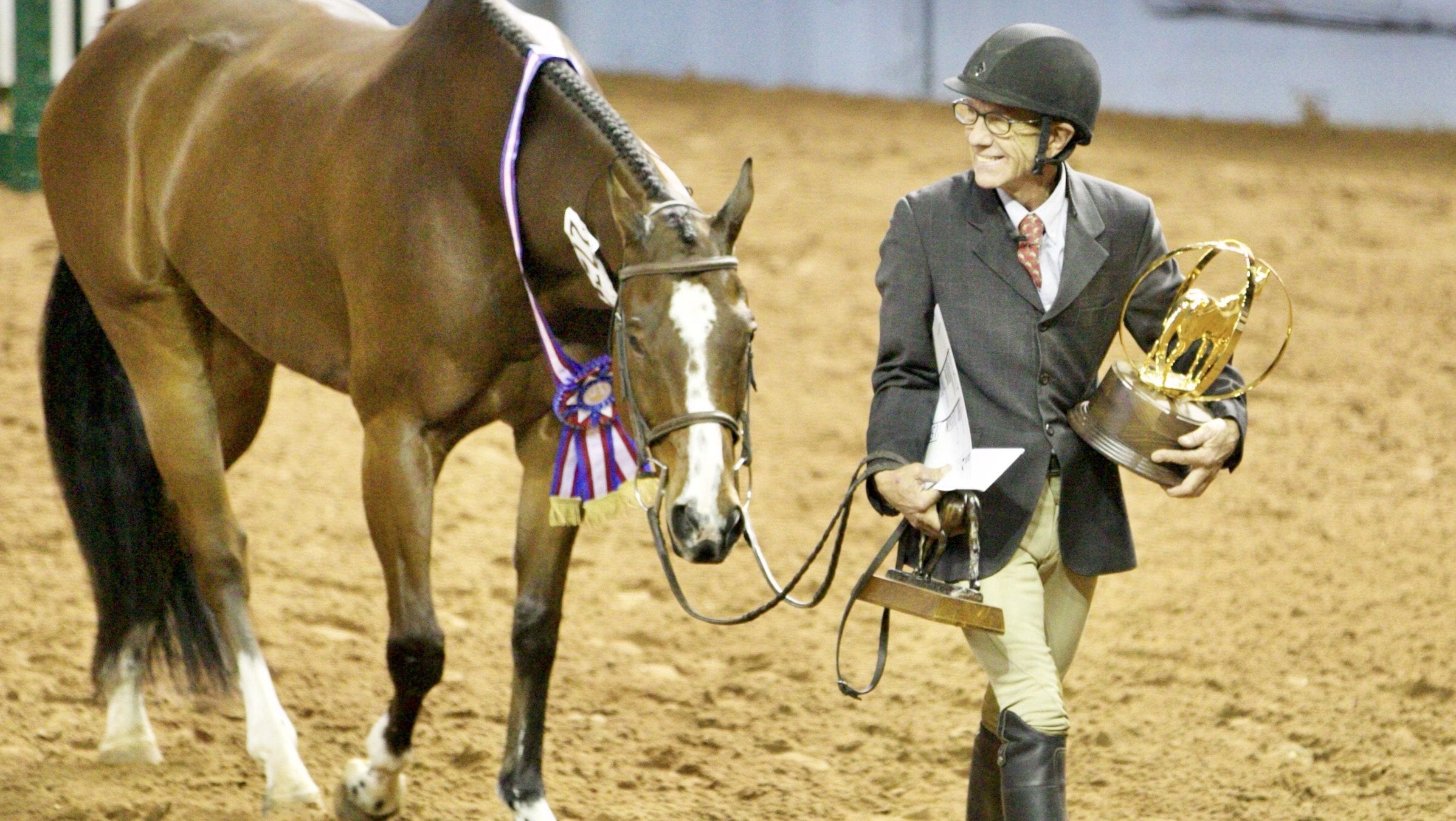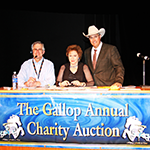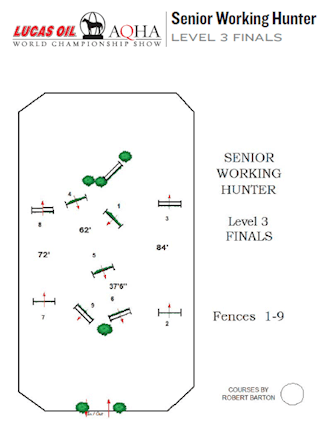 Whether you have your feet on the ground, or you are sitting on the back of your show horse, preparing for a hunter/jumper course is essential to a blue-ribbon success. These types of classes can become very complicated when trying to calculate angles, distances, speed, etc. There is no straightforward answer to finding the best techniques to conquer this fast paced event.
Whether you have your feet on the ground, or you are sitting on the back of your show horse, preparing for a hunter/jumper course is essential to a blue-ribbon success. These types of classes can become very complicated when trying to calculate angles, distances, speed, etc. There is no straightforward answer to finding the best techniques to conquer this fast paced event.
The design of the pattern consists of seven to ten fences, incorporating verticals, lines, singles, oxers, rollbacks, and more. Fences are set up in 12 stride increments with 48, 60, and 72 feet being the most common measurements.
Trainers spend countless hours helping their students get ready for fence classes. Jerry Erickson, trainer, instructor, and competitor, shares some of his tips for correctly preparing for your next round in the ring. Erickson has been a multiple World and Congress Champion in the working hunter.
On the Ground
With basically anything you do in life, it is ideal to start with the basics. This strategy certainly plays a part in showing horses. As an equestrian, you should know the fundamentals of the equine species, and the type of competition you will be participating in.
 When entering a hunter/jumper class, the rider should not only know how to prepare from a mounted standpoint but also know how to strategize from the ground. Walking a course is an excellent method of preparation when mapping out a fence pattern. It assists the participant by letting him/her see the course in a close view, showing them the exact locations of landings, strides, turns, etc.
When entering a hunter/jumper class, the rider should not only know how to prepare from a mounted standpoint but also know how to strategize from the ground. Walking a course is an excellent method of preparation when mapping out a fence pattern. It assists the participant by letting him/her see the course in a close view, showing them the exact locations of landings, strides, turns, etc.
Erickson states that “Walking a course shows the safer, more stylish route to ride. The importance of walking depends on the level of the rider and the specific class.” Ground planning can be decided on the confidence of the rider but can be beneficial to any competitor who wants to take that extra step of preparation.
At Home
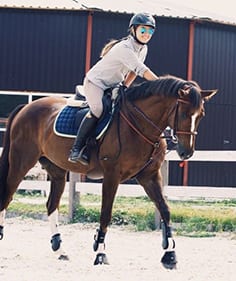 Successful equestrians do a lot of practicing at home. You cannot expect first prize results without hard work and dedication. Erickson has his students work sufficiently at “home” by training them on small schooling fences, “Making it simple and quiet for a successful learning atmosphere.”
Successful equestrians do a lot of practicing at home. You cannot expect first prize results without hard work and dedication. Erickson has his students work sufficiently at “home” by training them on small schooling fences, “Making it simple and quiet for a successful learning atmosphere.”
Training methods that are taken one step at a time result in a more progressive outcome for everyone. A lot of instructors start from the beginning, having their students know the basic principles of riding before allowing them to continue to a higher level.
From balance to lead changes over a fence, every aspect of riding can be addressed before an event. Erickson urges for, “The horse and rider to already be prepared at a show.”
At a Show
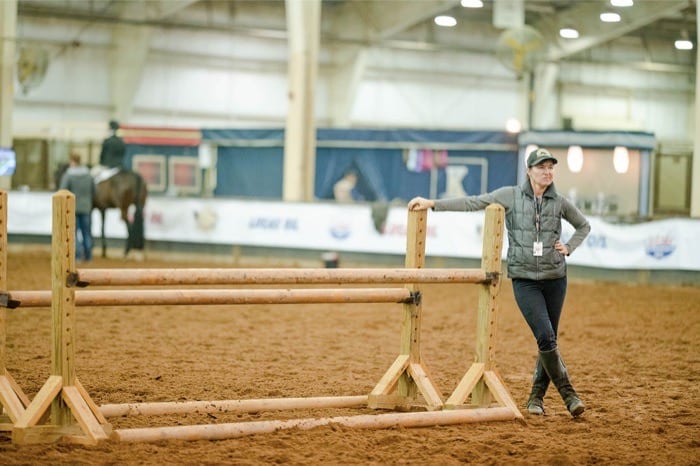 Once you are at your long-awaited show, the nerves kick in, and more work begins. It is a good idea to utilize your time with rehearsing for your classes, but Erickson suggests that “A simple, short warm-up over a couple of jumps is enough.”
Once you are at your long-awaited show, the nerves kick in, and more work begins. It is a good idea to utilize your time with rehearsing for your classes, but Erickson suggests that “A simple, short warm-up over a couple of jumps is enough.”
At a horse show, there is such a limited amount of time between classes that it is hard to correct significant issues with a horse and rider team. Most people find it more beneficial to relax and do the essentials for class preparation.
However, one of the essential parts of getting ready for a ride is pattern memorization. If a rider does not know the correct route to follow in a class, it leads to automatic disqualification. No one wants months of vigorous practice to go down the drain. Therefore, it is very crucial to have everything in order before entering the arena.
In the Ring
 Now, the time is here. There is a large open arena waiting for your presence. Just as how it is essential to plan before a class, it is also very imperative to assemble an outline in the ring.
Now, the time is here. There is a large open arena waiting for your presence. Just as how it is essential to plan before a class, it is also very imperative to assemble an outline in the ring.
Erickson articulates a necessary condition of success. “The connection between horse and rider must be complete. Each maneuver must be carefully planned with precision.”
For example, looking ahead is a tool that most instructors preach to their students as it almost always shows a positive outcome in the ring. This technique helps the rider keep his/her partner in a consistent movement.
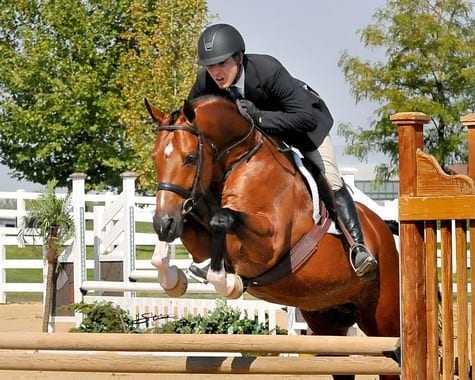 Consistency is a point-earning component when competing in a hunter/jumper class. If the horse gets out of rhythm, it is ideal for getting a long jump, if safe, then add a stride, risking having your score down in the 60s.
Consistency is a point-earning component when competing in a hunter/jumper class. If the horse gets out of rhythm, it is ideal for getting a long jump, if safe, then add a stride, risking having your score down in the 60s.
Erickson illustrates how to get that correct striding by stating that, “The rider must do their job of managing and shaping the horse, helping him/her around the end of the ring precisely, not letting their partner get slow, throwing off the speed.”
The utilization of space also contributes to a stylish run. This is accomplished when the whole arena is used, making it easier to approach the jumps in a straighter, more eye-appealing way. If you follow these tips for success in the ring, you will be sure to score a few extra points on your jumping run.
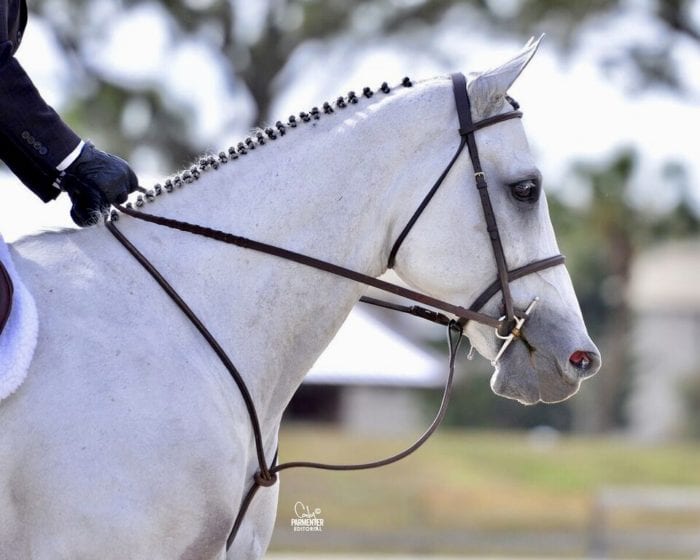 Preparation is key to any event rode. Incorporating some of these topics in your riding habits will assist you in your equine endeavors. Jerry Erickson states, “Any successful show ring ride begins at home. Many challenges presented by the course designer should have already been anticipated and addressed when schooling”. Practice thoroughly and use your time wisely.
Preparation is key to any event rode. Incorporating some of these topics in your riding habits will assist you in your equine endeavors. Jerry Erickson states, “Any successful show ring ride begins at home. Many challenges presented by the course designer should have already been anticipated and addressed when schooling”. Practice thoroughly and use your time wisely.
Start from the ground up with your hunter/jumper dreams, and there will be positive results jumping your way.


